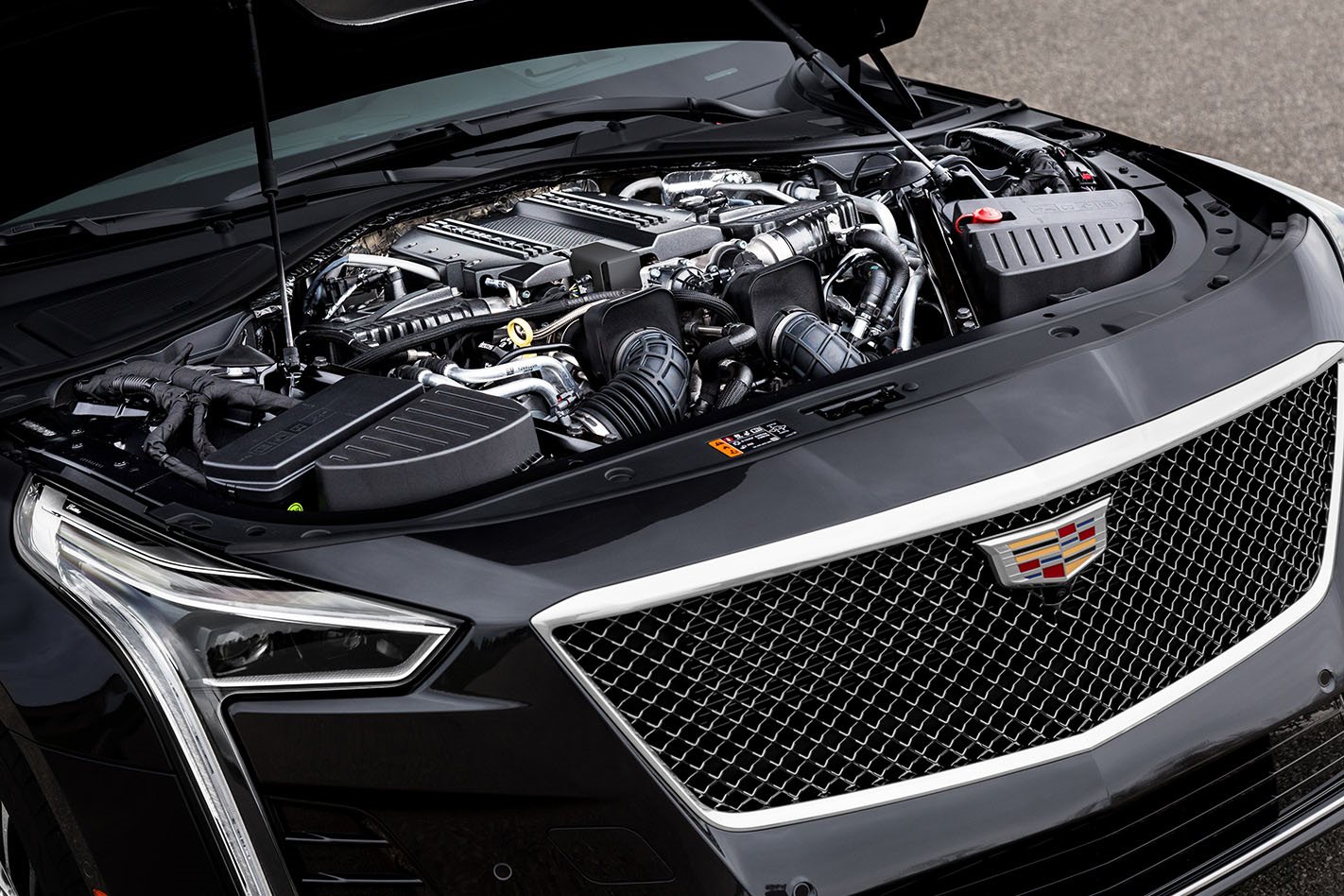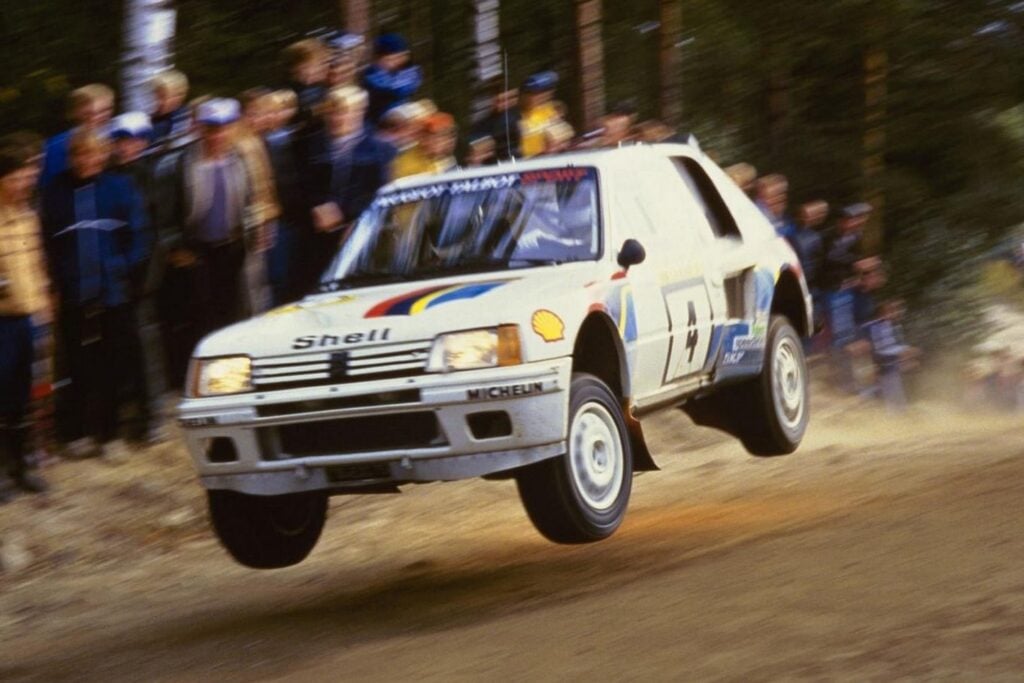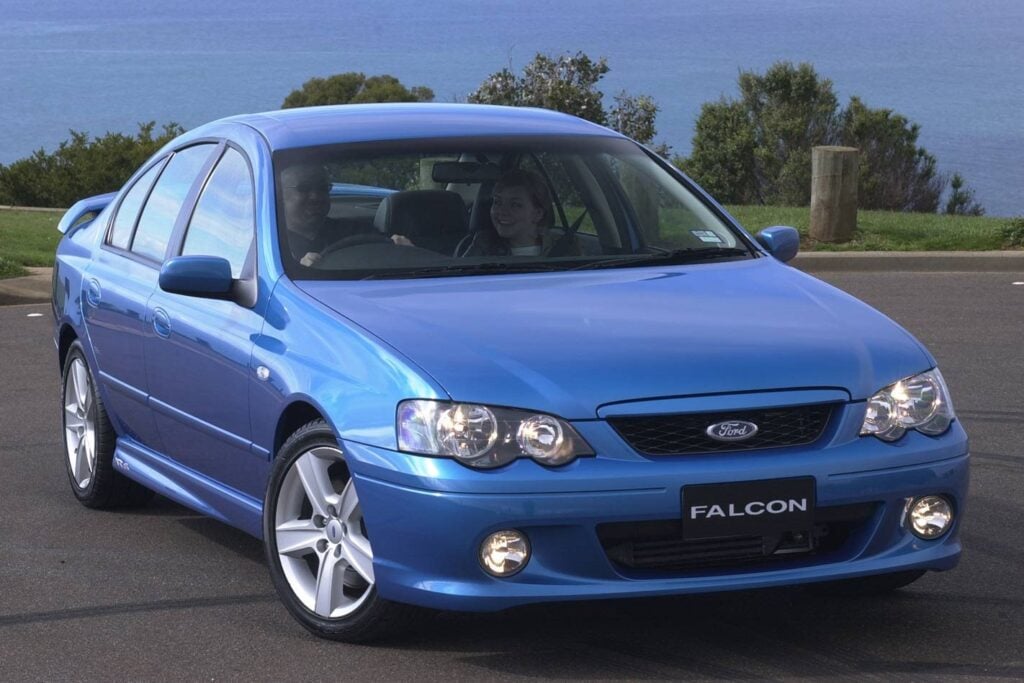This is the story of how an engine that was meant to save Cadillac and make it a genuine threat to high-performance brands like AMG became one of GM’s biggest lost opportunities.
Developed at a cost of roughly $23 million, Cadillac was given the green light by General Motors to build an all-new clean sheet V8, dubbed the Blackwing.
The end result was mightily impressive – a 4.2-litre DOHC 90-degree V8 that was the antithesis to the old-school pushrod designs that GM was renowned for.
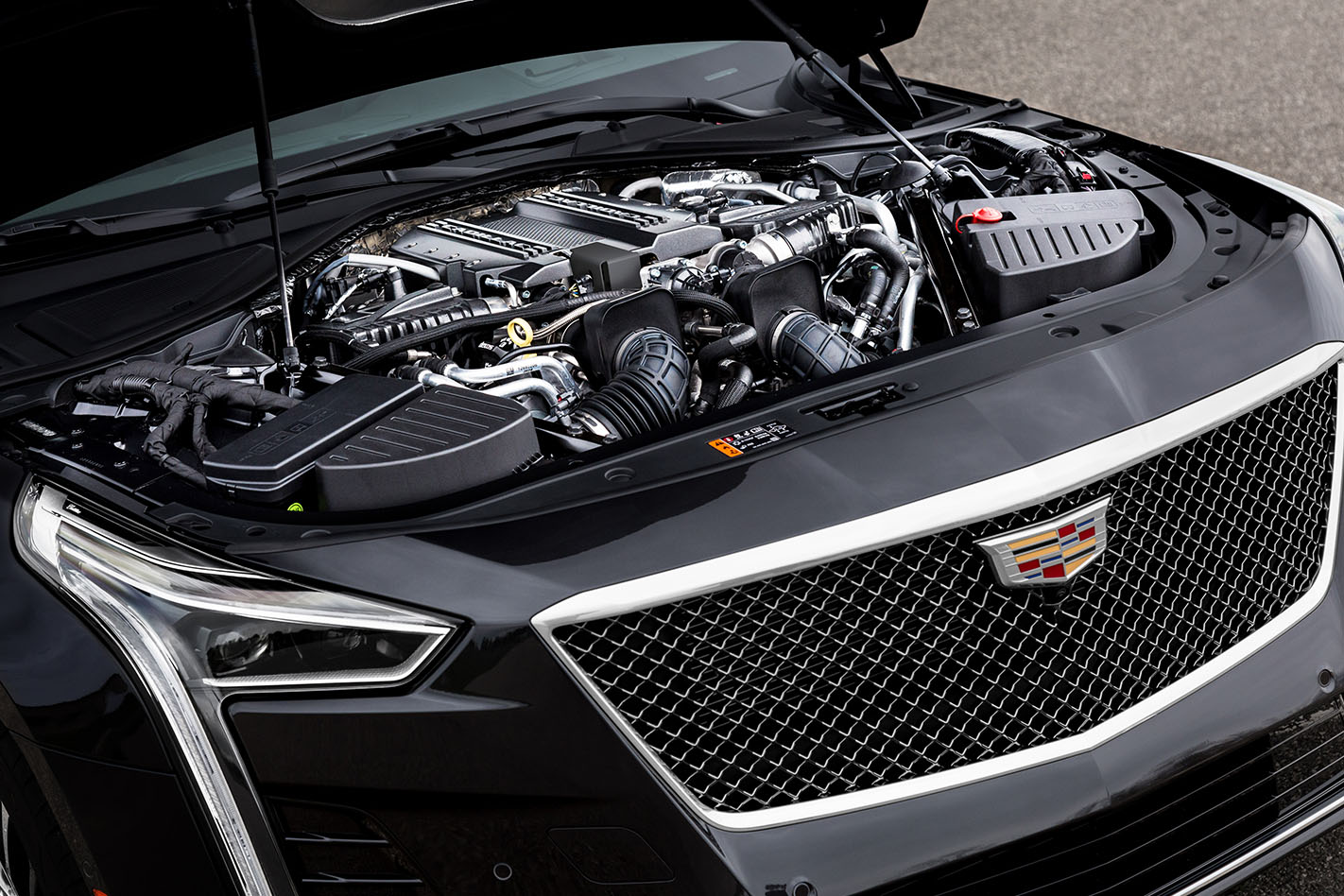
When it debuted in 2018, the Blackwing V8 was the first twin-turbo V8 built by GM, along with being the first with an aluminium block and head.
The new technology didn’t stop there, introducing GM’s first dual throttle bodies, water-to-air charge coolers, and electronic wastegates.
Twin scroll turbos running at 20psi were nestled between the cylinder banks in a hot-V configuration, while the internal components included forged steel crankshafts and connecting rods, and high strength aluminium pistons.
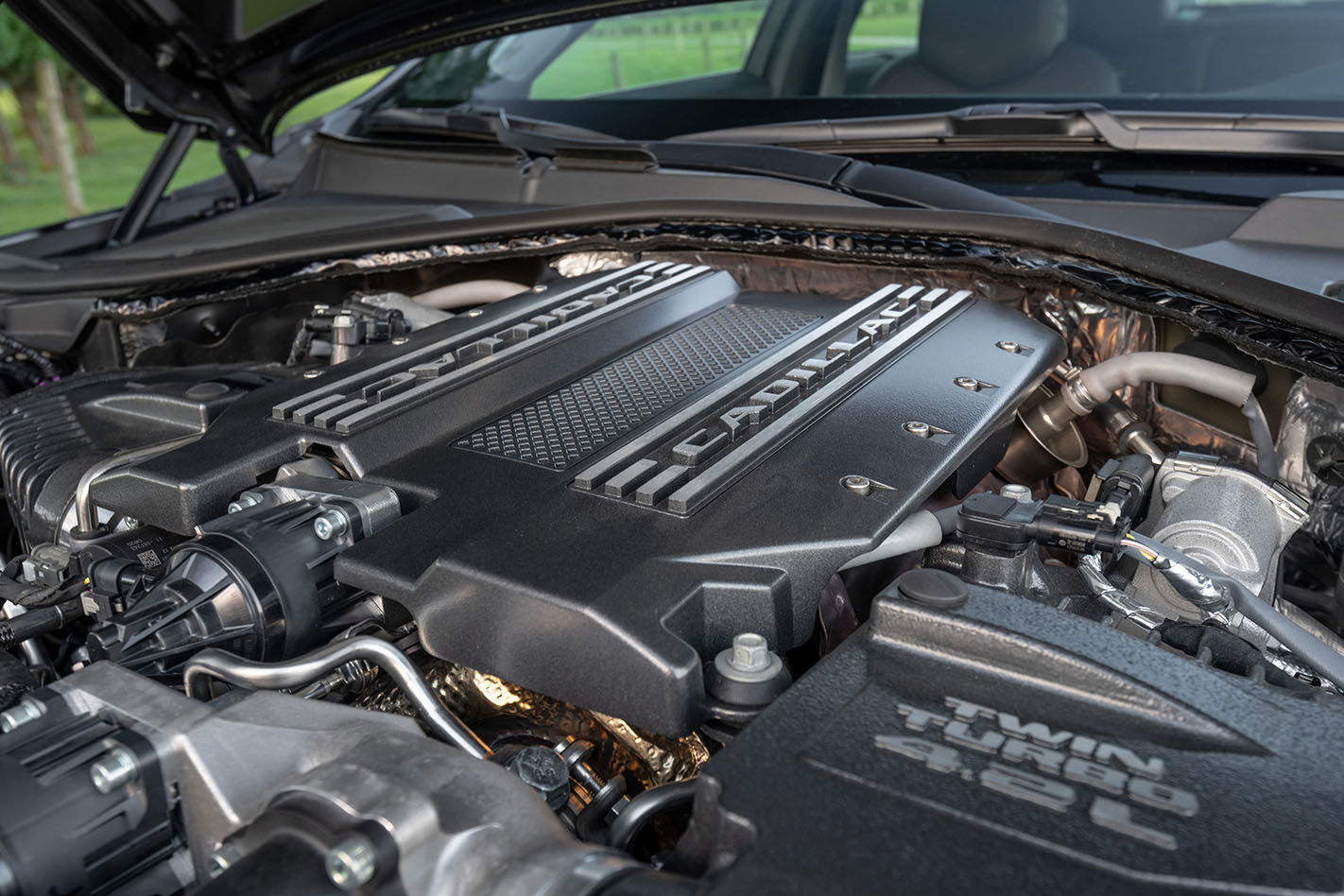
In its highest output form, the Blackwing V8 produced 410kW @5700rpm and 868Nm @ 3200-4000rpm, with 90 percent of peak torque available between 2000rpm and 5200rpm. With a specific output of 97.8kW per litre it was one of the most power dense engines in GM history.
A lower tune of 373kW/778Nm was also produced, with all versions of the engine paired with a 10-speed automatic transmission sending power to all four wheels.
It sounds fantastic right? The Blackwing was set to bring GM’s luxury arm into the 21st century, and be the vanguard for a new era of success for Cadillac.
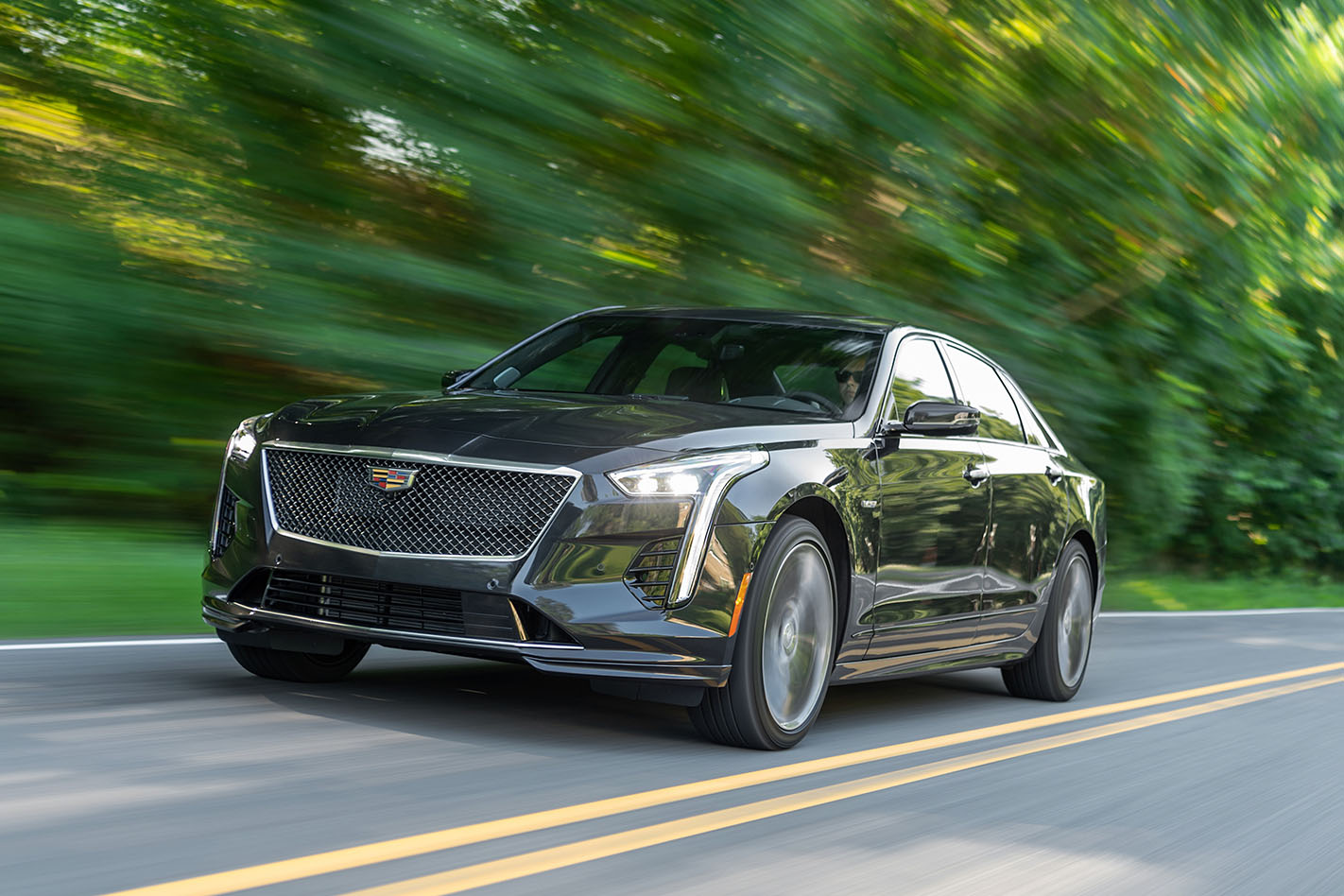
However, the Blackwing ultimately fell victim to a changing motoring landscape and GM infighting, with just 800 examples ever built, and its lofty potential was never achieved.
Road & Track has published an in-depth autopsy on the Blackwing, looking at the factors that resulted in its ultimate, unfortunate demise.
Debuting in Cadillac’s CT6 – a rival to the Mercedes-Benz E-Class and BMW 5 Series – the Blackwing was meant to proliferate across the brand’s other models.
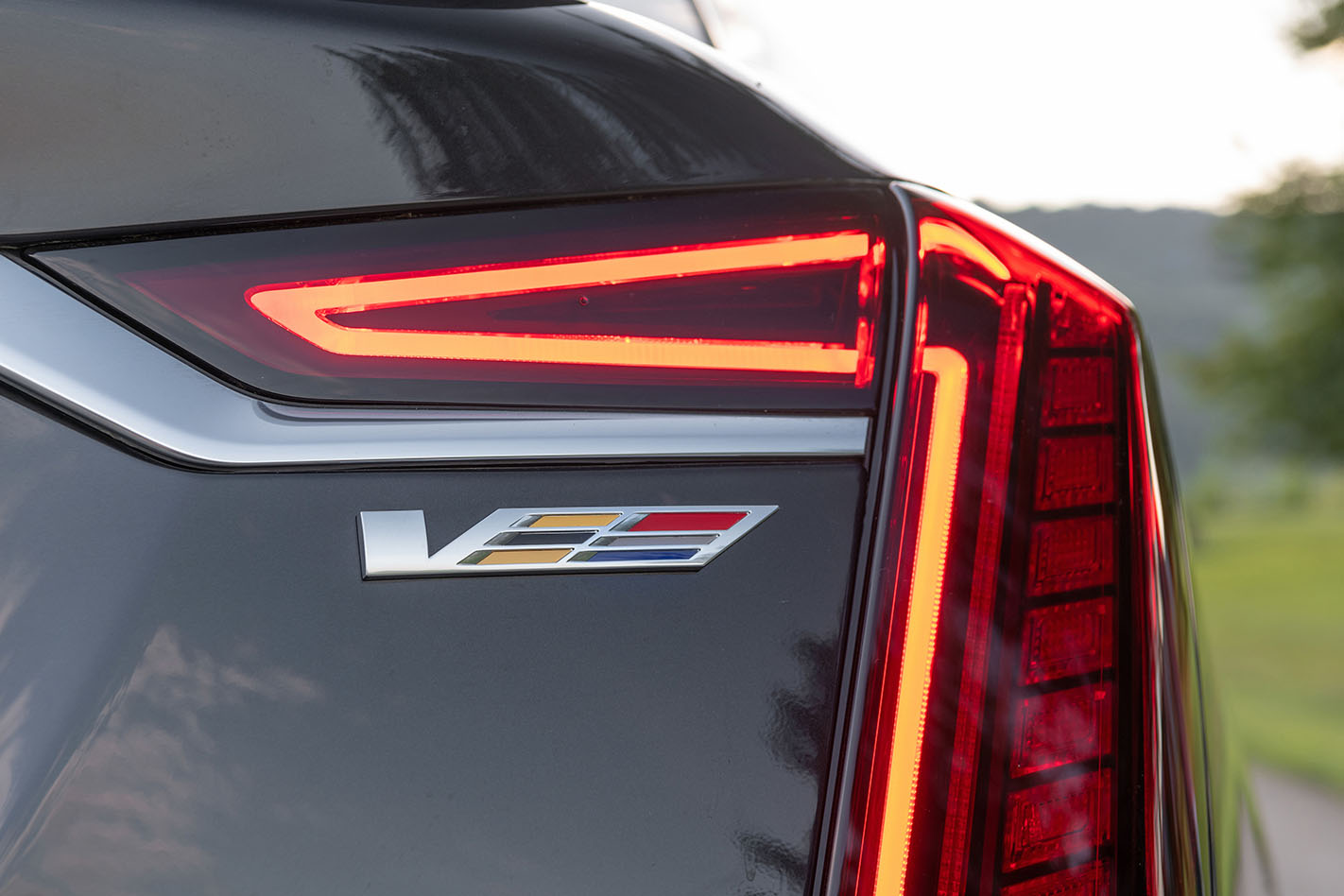
This hit a roadblock when development of the CT6’s Omega platform stagnated. You see, Cadillac relied heavily on the wider GM family when it came to the development process.
GM’s focus on developing the next generation of body-on-frame pick-ups and SUVs that form the backbone of the company’s sales meant the Omega platform wasn’t a priority.
Left to wilt in the sun, the CT6 shuffled off its mortal coil earlier this year, and with it the Blackwing became a very expensive orphan, and production was ceased.
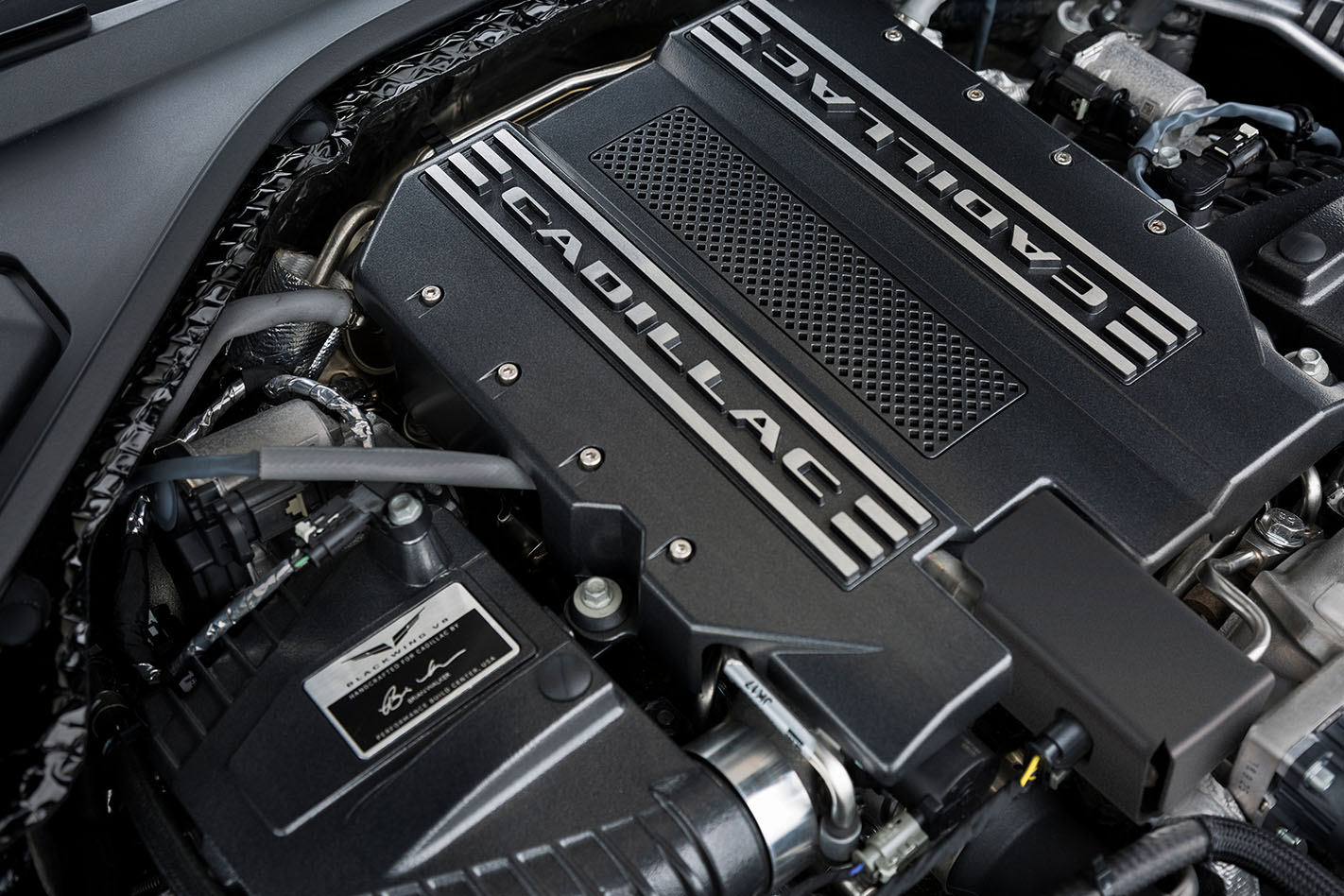
The official line from Cadillac is that the brand currently has “no plans” for its flagship V8.
R&T estimates development of the Blackwing cost GM US$16 million (A$23 million). Part of that high cost is the fact that each of the 4.2-litre V8s were built by hand.
Each engine was constructed at GM’s Bowling Green facility in Kentucky – the same location where the Corvette is bolted together.
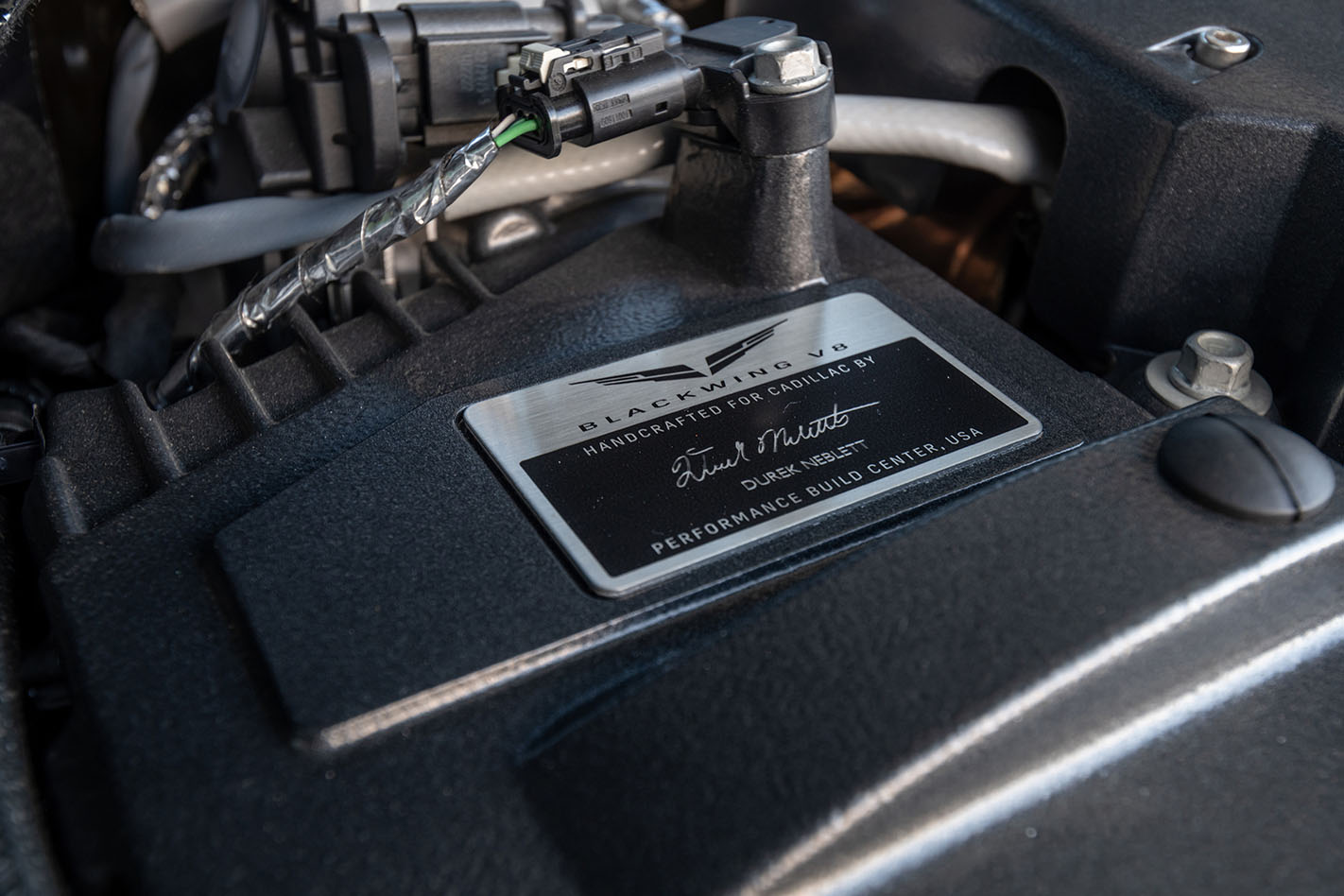
Like an AMG engine, just one person was responsible for the construction for any given Blackwing from start to finish. And there are just six people within GM capable of completing the process.
Spread across the 800 units that were eventually built, that development cost for the Blackwing comes in at roughly $28,750 per engine. Rough.
There have been a handful of times the Blackwing could have lived on, but GM infighting has nixed any plans, as Cadillac executives have become ultra-protective of the engine’s exclusivity.
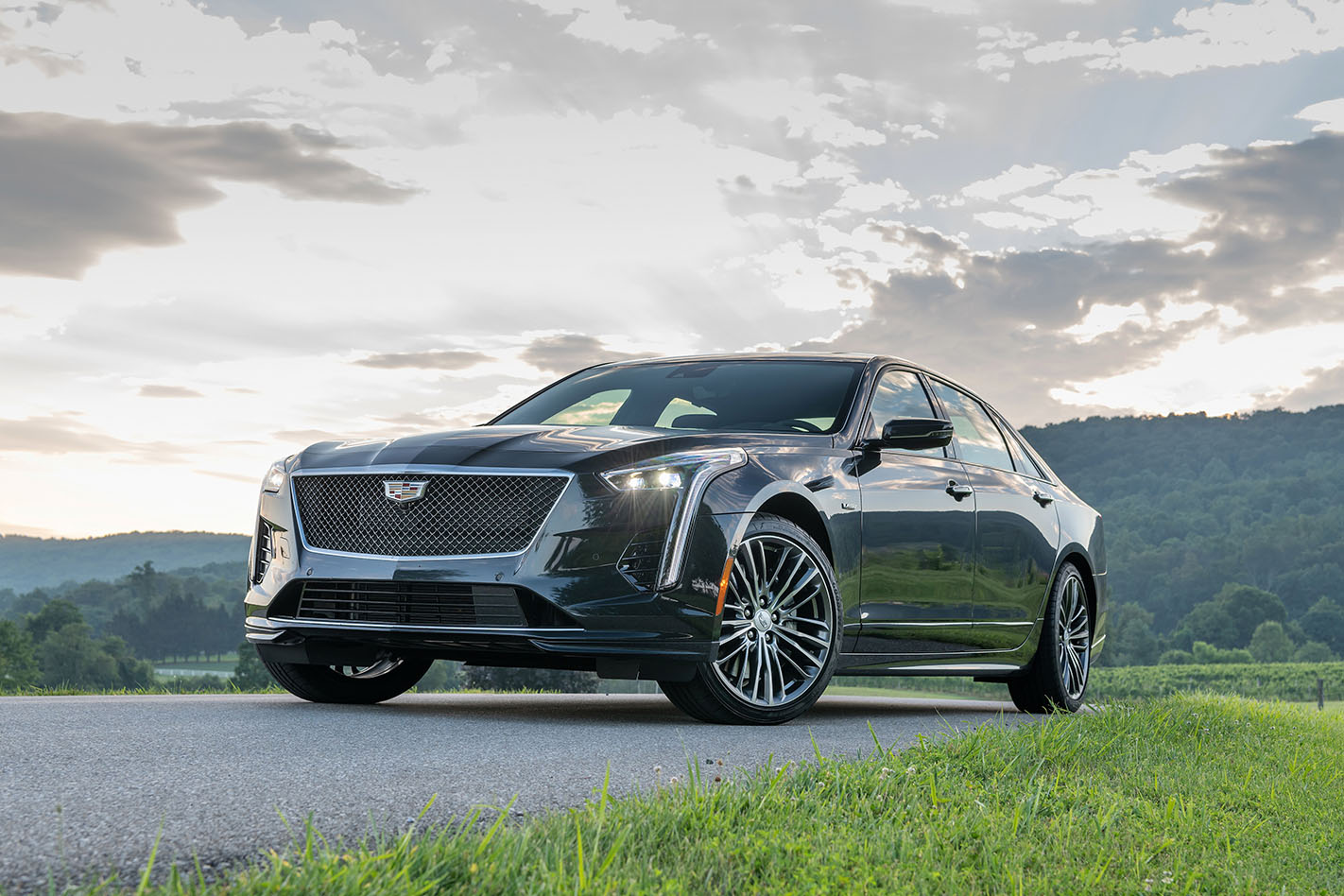
In 2019 there were rumours the twin-turbo V8 could be fitted to the mid-engined C8 Corvette. However, Cadillac stomped its feet at having its flagship engine placed into Chevrolet’s hero car and the plan was axed.
Sharing development costs across GM’s portfolio could have helped the Blackwing make better economic sense. Think of the success AMG has enjoyed by proliferating the twin-turbo 4.0-litre M177/178 engine across its range of vehicles.
It’s also understood that the initial 410kW/868Nm figures weren’t the end of the Blackwing’s performance potential.

According to R&T, there was more power to be found in the engine, but the compact engine bay of the CT6 made heat management a challenge, resulting in capped power outputs.
Cadillac will continue to use the Blackwing badge, slapping it onto performance variants of the CT4 and CT5, but neither of those vehicles will be powered by the Blackwing engine.
Ultimately, we’ll never know exactly how good we could have had it, with Cadillac’s performance V8 dead and buried.
R.I.P Blackwing.
 Turbo Titans
Turbo Titans
Everything you’ve ever wanted to know about the humble turbocharger and its miraculous power-boosting abilities.


